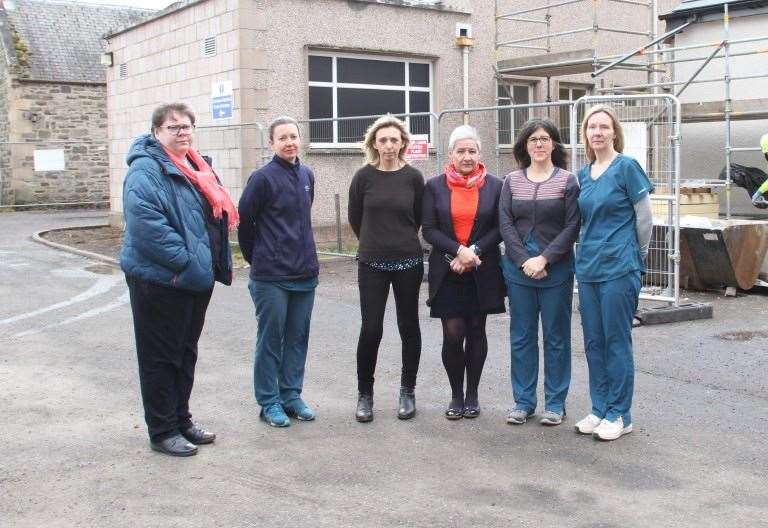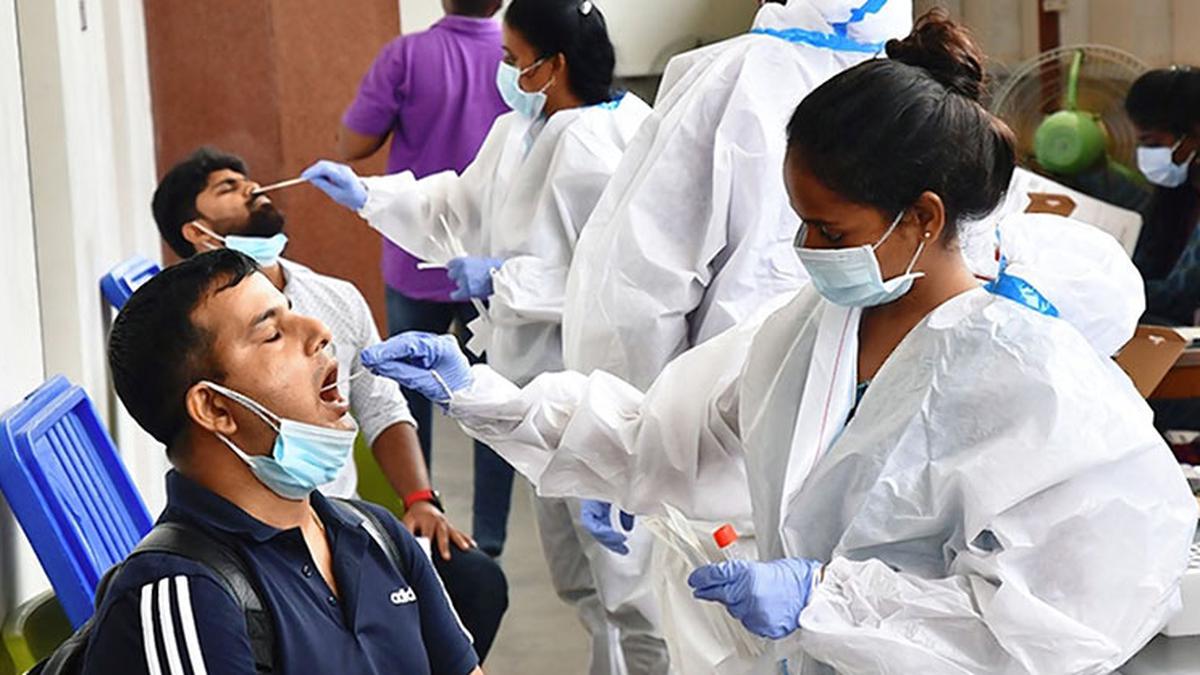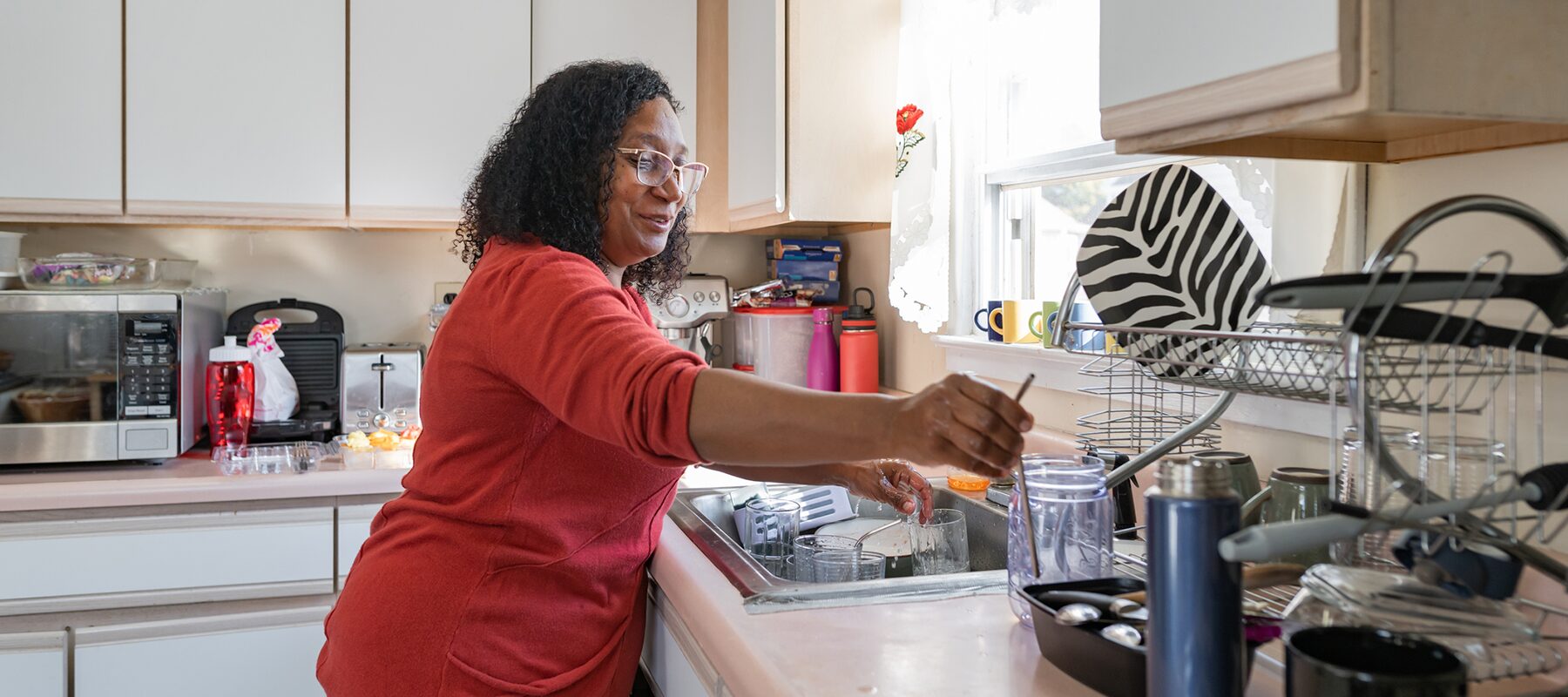Local MSPs meeting with Health Secretary to press case for Grantown Health Centre completion
Click here to sign up to our free newsletters! Kathy Cockburn (left) with Dr Paula Starritt, senior receptionist Sally...
 Local MSPs meeting with Health Secretary to press case for Grantown Health Centre completion
Local MSPs meeting with Health Secretary to press case for Grantown Health Centre completion
 Continue COVID-19 testing to check emergence of new virus variants: WHO chief
Continue COVID-19 testing to check emergence of new virus variants: WHO chief
 Hadleigh Health Centre ‘concern’ over car park tariff plan
Hadleigh Health Centre ‘concern’ over car park tariff plan
 NHS in north west London presses ahead with GP changes
NHS in north west London presses ahead with GP changes
 The economic and social costs of mental ill health
The economic and social costs of mental ill health
Click here to sign up to our free newsletters! Kathy Cockburn (left) with Dr Paula Starritt, senior receptionist Sally...
Healthcare workers collect the swa sample for the RT-PCR test during Covid-19 screening at Chennai International Airport. File | Photo...
Parking in Sudbury, Hadleigh and Lavenham is currently free for three hours, but Babergh District Council announced it could no longer...
NHS North West London Integrated Care Board (ICB) has confirmed that it will effectively mandate the use of “same-day access”...
27 March 2024 Review of methodology and update of calculations Frederico Cardoso and Zoë McHayle Mental ill health has a...
Anyone experiencing a new, continuous cough; high temperature; and now also a loss of or change in your normal sense...
